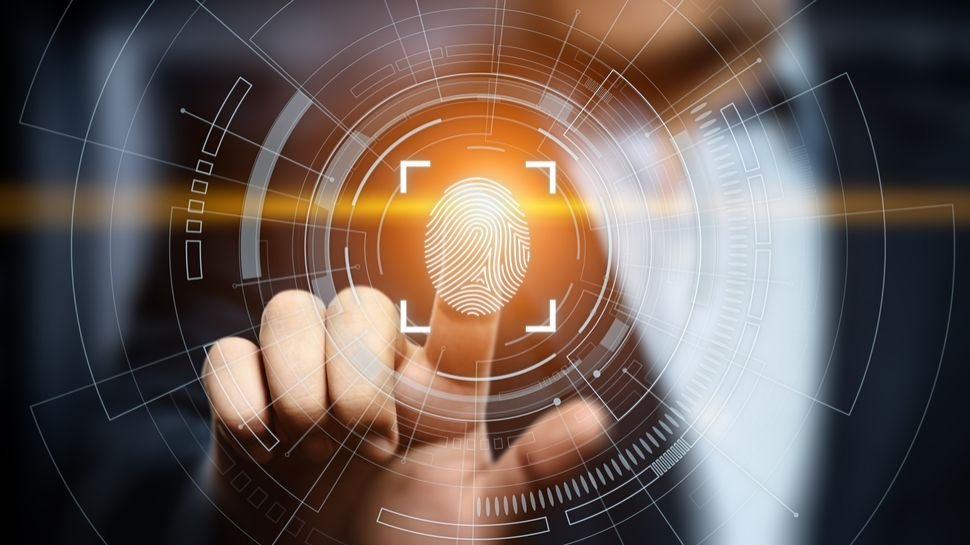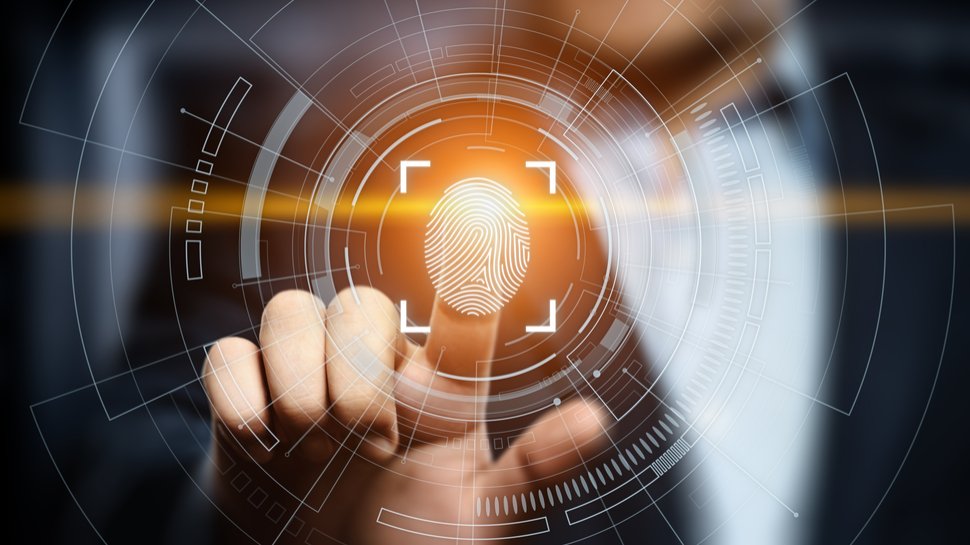

The number of fraud cases has skyrocketed during the coronavirus pandemic, with more than 2.500 scams reported to investigators in the UK as of early April alone. From social media scams to fake government texts to phishing links in emails, the various tactics used by scammers to defraud the public are on the rise. Our addiction to the internet has not helped curb this increase either. Whether we shop for groceries online, work on the security of our homes, or book virtual fitness classes, we often forget the information trail we left behind. The features we openly disclose are exactly what scammers are looking for to exploit us, and that means it's becoming easier and easier for scammers to take over legitimate accounts entirely. Fortunately, there are ways to ensure that scammers can be stopped in their tracks. Through the use of unique identifiers and usage patterns, it is possible to verify the digital identity and verify a user, ensuring that they are who they say they are when they participate. to an online or digital interaction. To protect ourselves from identity theft, we must first consider what constitutes a digital identity.
What is digital identity?
A digital identity can be defined as "a collection of information about an individual or an organization that exists online." But the reality is that consumers remain confused about what really constitutes a digital identity. Consumers don't feel empowered to fully protect what they don't understand. Is this our profile on social networks? Our credit score or our history? Is it contained in a biometric passport? This confusion means that many are also concerned about the level of access that a digital identity exposes to potential fraudsters. Once a hacker has our personal data, how many "us" can they really access? In the United States, we found that 76% of consumers are extremely or very concerned about the possibility of their personal information being stolen online when they use digital identities; but 60% feel powerless to protect their identity in the digital world. This is mainly because many rely on their old ways and devices for security controls: passwords, security questions, and digital signatures. But as modern security techniques evolve, these methods can no longer protect us on their own. The most advanced and secure methods of identity verification reflect modern social networking habits. Most of us are used to taking selfies. Now technology can link that selfie to an identity document like a driver's license, turning social behavior into a verifiable form of digital identification. A simple and secure process allows people to access a variety of e-commerce and digital banking services, without a lengthy ``in person'' process. But as technology gets more sophisticated, it also means fraud is getting more sophisticated, too. One worrying issue is the rise of deepfake technology. Bad actors take advantage of artificial intelligence and big data to defraud the public.The threat of deepfakes
Deepfake technology has been used to create videos often impersonating politicians, business moguls, and big names. Earlier, the BBC had called out a hyper-realistic fake-out of Boris Johnson and Jeremy Corbyn supporting each other in the UK general election. It was a clear example of the potential of deepfake technology: its limitless potential to distort and manipulate reality. As deepfake technology matures, a much more troubling use of the phenomenon is emerging. Deepfake technologies are used to produce near-perfect digital identities and forged identity documents, and the range and quality of technologies available to fraudsters are the driving force behind this. Technology once thought to be available to some industry mavericks, using it for the right reasons, has now gone 'mainstream'. The good news is that the ability to identify deep fakes will only improve over time, as researchers are experimenting with AI that is trained to detect even the deepest fakes, using facial recognition and behavioral biometrics. By creating a record of how a person types and speaks, the websites they visit and even the way they hold their phone, researchers can create ahuella digital '' digital única para verificar la identidad usuario y evitar el acceso no autorizado a dispositivos o documentos. Usando esta técnica, los investigadores apuntan a romper incluso los más profundos falsos, enfrentando un motor de IA contra otro con la esperanza de que el costo de una 'Superior AI' prohibitively expensive for cybercriminals. To combat the threat of fraud and deep forgeries, biometrics will need to keep pace with cutting-edge innovation. Biometric technologies will always be a preventative measure, the only real indicator of who you really are. In general, adopting biometrics as an option for digital identity verification, or account and device login, is a reliable security measure. The pandemic has certainly accelerated the adoption of biometric technologies. As such, it won't be long before we see biometric technologies being used to protect our identities, make our lives easier, and reduce the threat from scammers and deep spoofing technologies. Joe Bloemendaal is Head of Strategy at Mitek